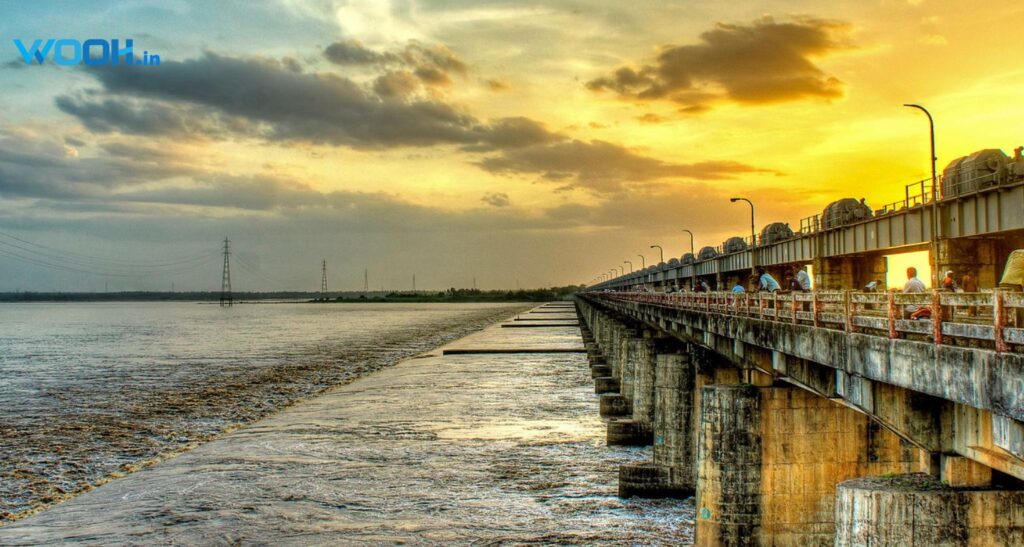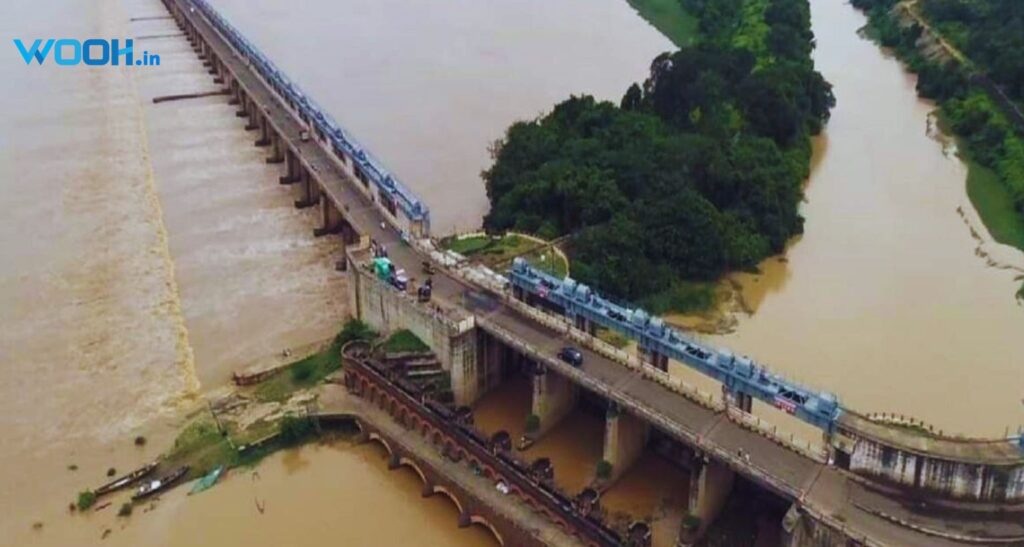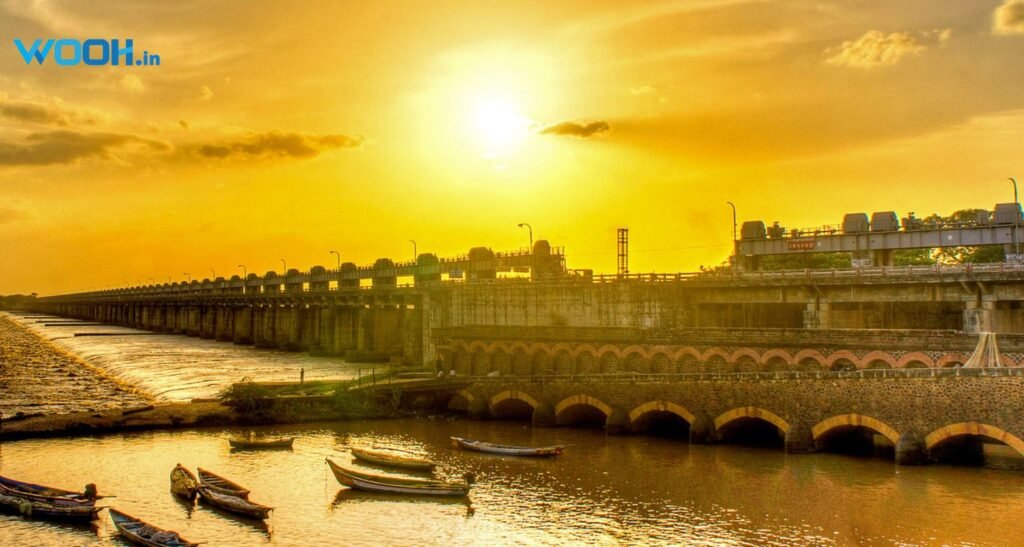The Dowleswaram Barrage is an irrigation shape that’s built on the lower stretch of the Godavari River earlier than it empties into the Bay of Bengal. It is built by means of a British irrigation engineer, Sir Arthur Thomas Cotton. It is also known as Sir Arthur Cotton Barrage /Godavari Barrage. His many initiatives prevented famines and inspired the economic system of southern India. Before this barrage was built many hectares of land has been flooded with water and became unused. The water would be worthlessly going into the sea. But whilst Sir Arthur Thomas Cotton had constructed the barrage those unused lands had been added into cultivation and the water became saved and used.
The Cotton Museum was constructed on behalf of Sir Cotton’s memory. It has been a traveler enchantment in Rajahmundry. The Godavari River empties its water into the Bay of Bengal after flowing nearly fifty miles from the Dowleswaram Barrage. The village of Dowleshwaram is at a distance of 8 kilometers downstream of Rajahmundry. Rajahmundry is a city located on the left financial institution of Godavari River. Upstream, wherein the river is divided into streams; the Gautami to the left and the Vasistha to the right, bureaucracy the dividing line among the West Godavari and the East Godavari districts.
The dam alignment crosses two mid flow islands, and the barrage turned into constructed in four sections, which allowed flood passage all through the construction duration. Its production changed into completed in 1850. The Dowleswaram Barrage is 15 toes high and 3.Five km lengthy, with 175 crest gates to skip the floods.
The full reservoir degree of the barrage is forty-five .7 feet (14 m) MSL with 3.12 Tm cft gross garage potential and lifeless garage of 2.02 Tm cft at forty ft (12 m) MSL.





